Chosen theme: Restorative Yoga Sequences for Relaxation. Exhale the day’s noise and step into supported shapes, unhurried breath, and nourishing pauses that soothe your nervous system. Settle in, subscribe for weekly sequences, and invite real rest to become your most sustainable ritual.
Why Restorative Yoga Settles the Nervous System
When your body is held by props, muscles release unnecessary effort. Slow nasal breathing lengthens exhalations, signaling safety. Research associates restorative practices with reduced perceived stress and improved heart rate variability, markers of increased parasympathetic tone. Your system shifts from doing to being, creating space for genuine recovery.

Gathering Props: Build Your Restorative Sanctuary

Building a Supportive Nest
Gather two blankets, a bolster or firm pillow, two blocks or books, a strap or scarf, and an eye pillow. Layer cushioning under knees, ankles, and wrists to eliminate sharp angles. Comfort invites nervous system trust; trust opens the door to relaxation, which is the heart of restorative sequences.
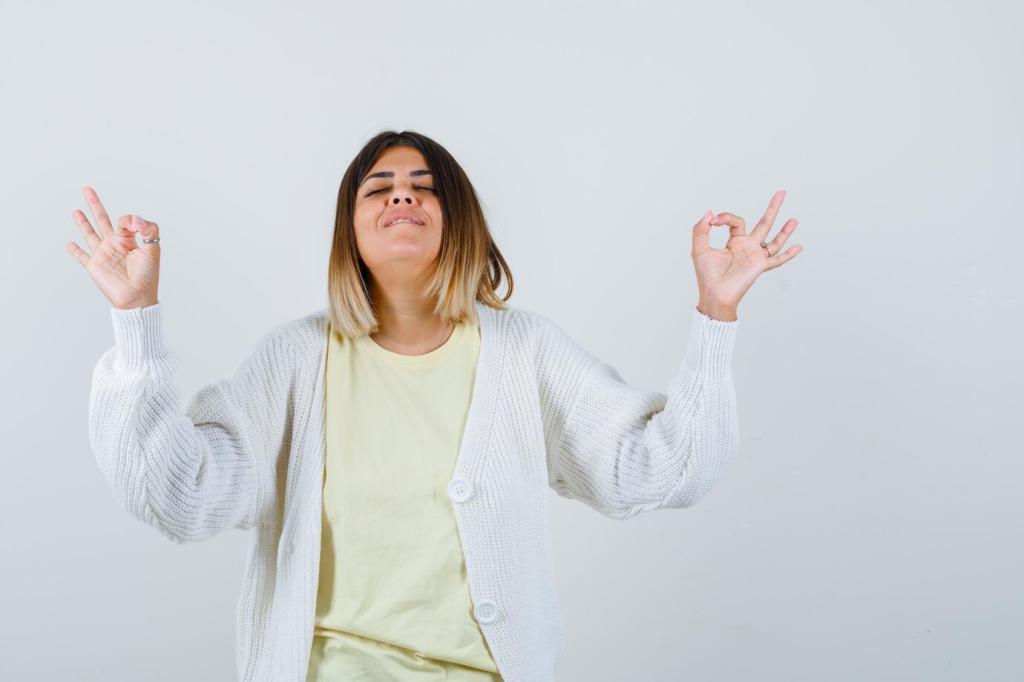
Choosing the Right Bolster and Alternatives
Standard yoga bolsters are excellent, but a rolled quilt, dense cushions, or a sandbag can substitute beautifully. Prioritize even support that spans joints. If pressure points appear, add softness. The goal is zero strain so your body believes it can surrender completely into relaxation without guarding or gripping.
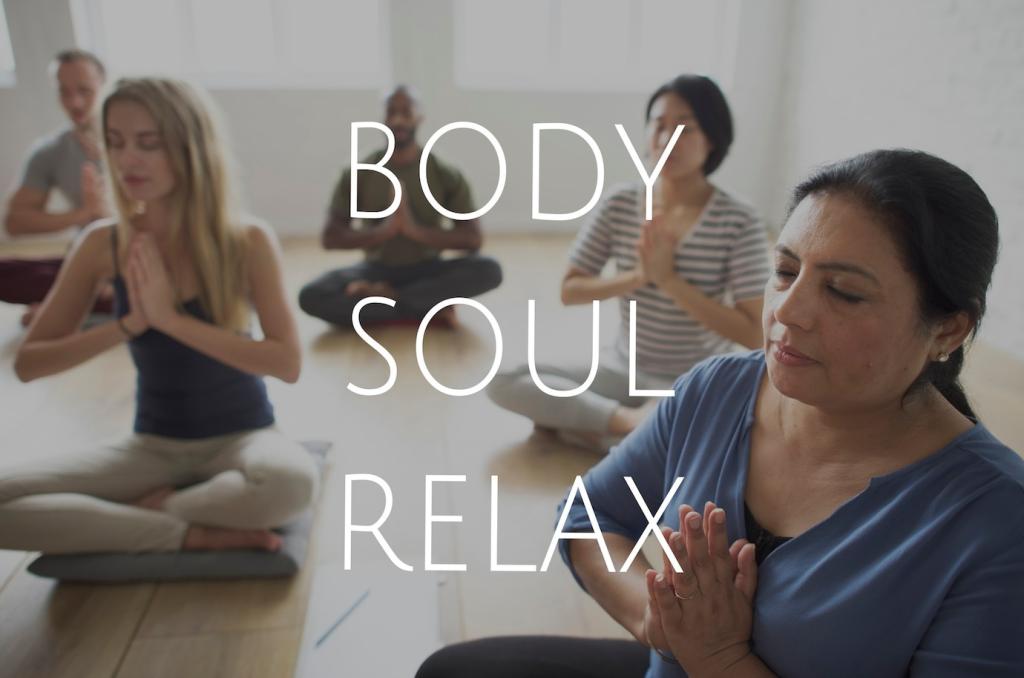
Lighting, Sound, and Temperature
Dim lights or use a warm lamp. Soothing, low-volume sound masks distractions without demanding attention. Keep a blanket nearby; warmth signals safety. Silence phones and slide notifications off. Invite loved ones to honor your restorative window. Protecting the container protects your relaxation sequence and invites deeper quiet.


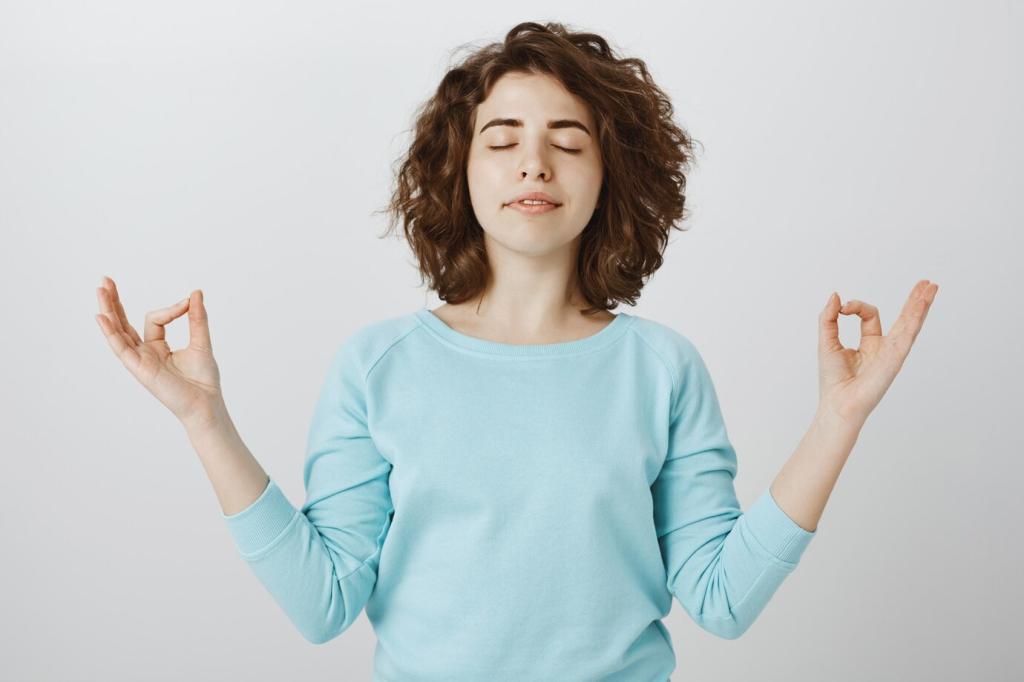
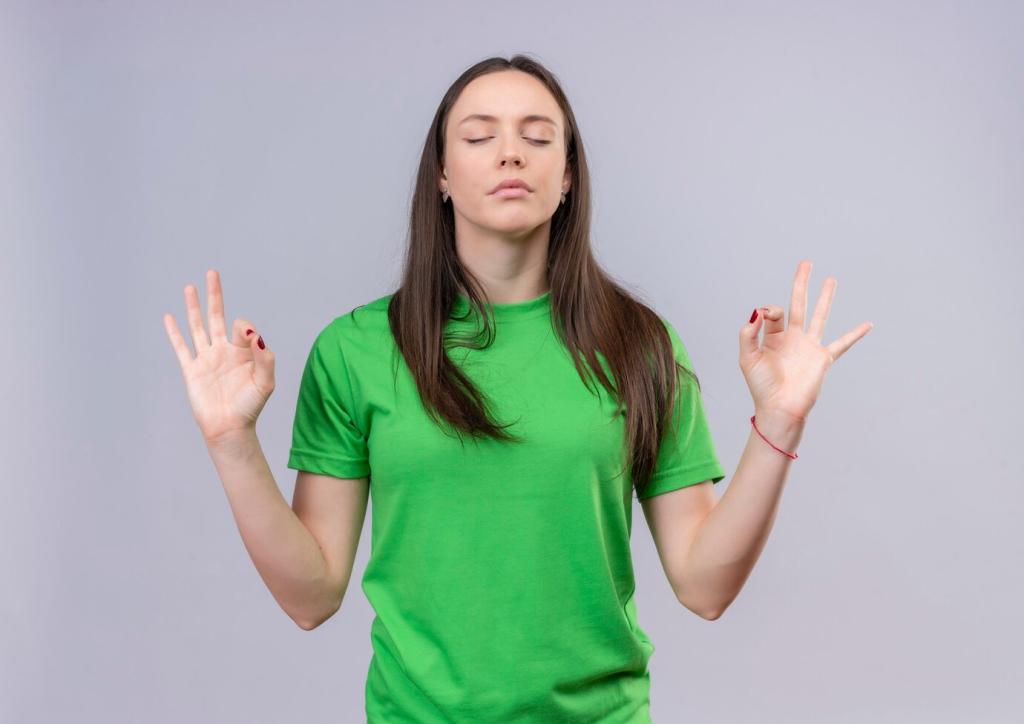

Micro-Restoratives for Busy Days
Place a bolster or stacked pillows on your thighs while sitting. Hinge from hips and rest chest and forehead. Wrap a blanket around your shoulders. Breathe low and slow for three minutes. Rise deliberately, blink gently, and notice how your jaw, temples, and shoulders have unclenched.
Micro-Restoratives for Busy Days
Lie sideways against the couch back, knees stacked, a pillow between them. Turn your chest open, hugging a second pillow. Keep breath silky, painless, and quiet. After two minutes, switch sides. Twists wring out residual fidgeting and refresh attention without stimulating you back into overdrive.
Lower lights an hour before bed and quiet stimulating screens. Sip warm caffeine-free tea. Try five minutes of supported legs up the wall. When you finally lie down, you are already halfway asleep, because your evening sequence taught your body exactly what to expect and welcome.
Restorative Yoga for Better Sleep
Mindful Transitions and Timing
Let your exhale guide each move. When leaving a pose, pause to notice heartbeat, temperature, and mood before shifting. Roll to your side first, then rise with hands. This unhurried choreography preserves the calm you worked for and teaches your system that safety endures.
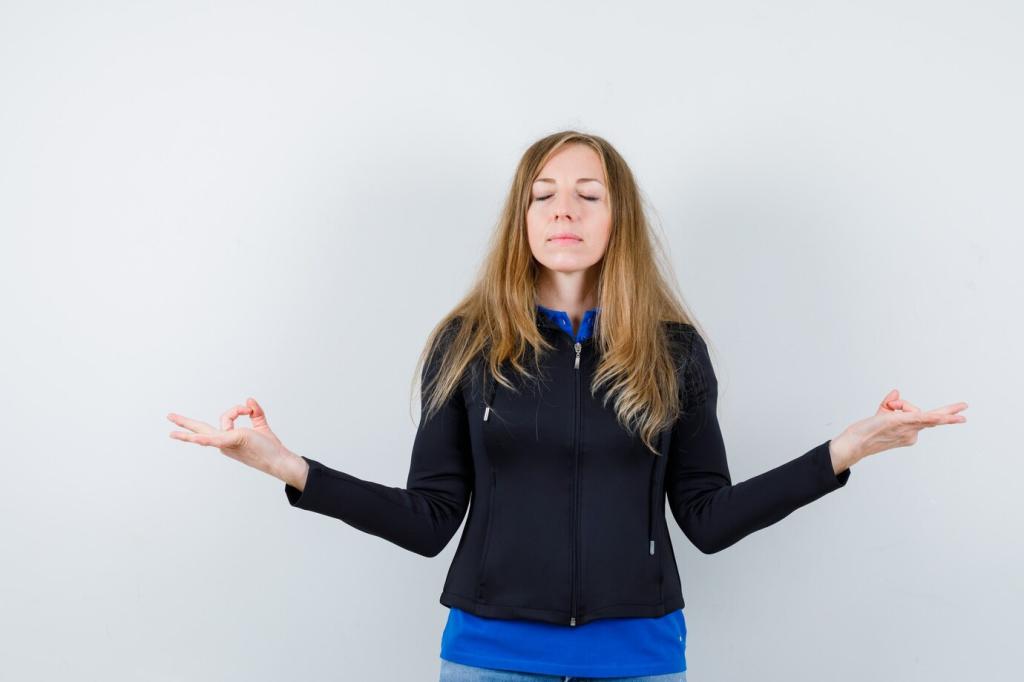

A Nurse’s Fifteen-Minute Reset
After a twelve-hour shift, Maya props her calves on a chair, covers her eyes, and sets a chime for six minutes. Two rounds later, she can finally feel her breath again. She wrote to say restorative sequences gave her patience back. Tell us if they help you too.

New Parent, New Kind of Nap
Sam swears by three poses between feedings: supported child’s, side-lying twist, and a quiet savasana on the rug. He says they are not naps, exactly, but something gentler. The rest accumulates like rainwater in a barrel, rescuing days when energy runs thin.
